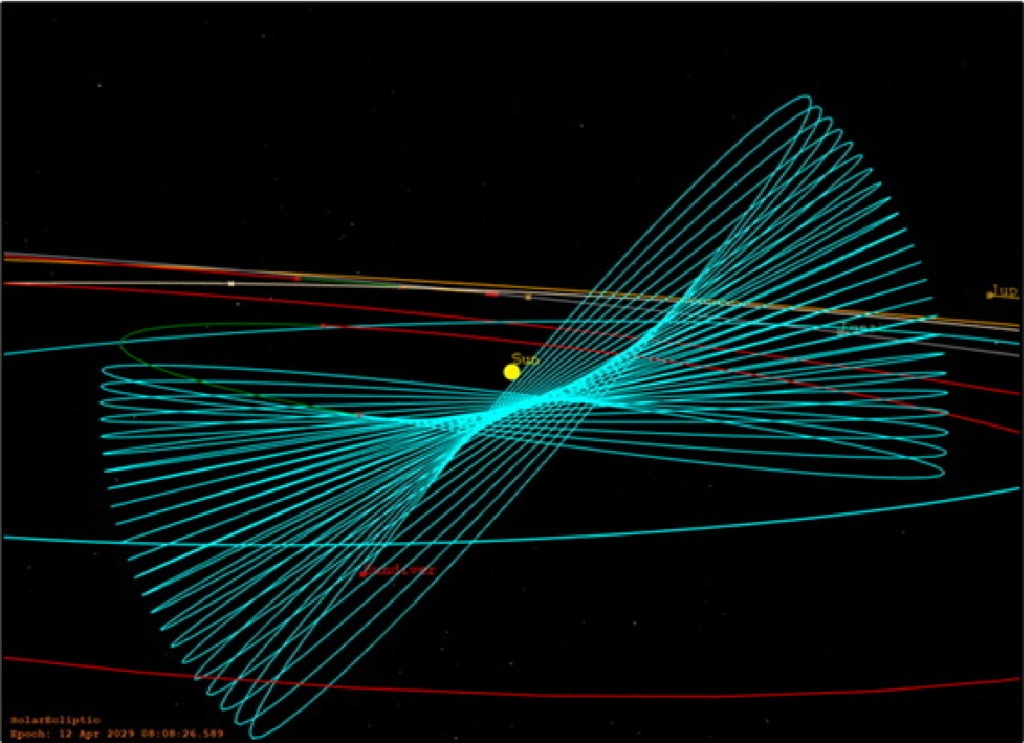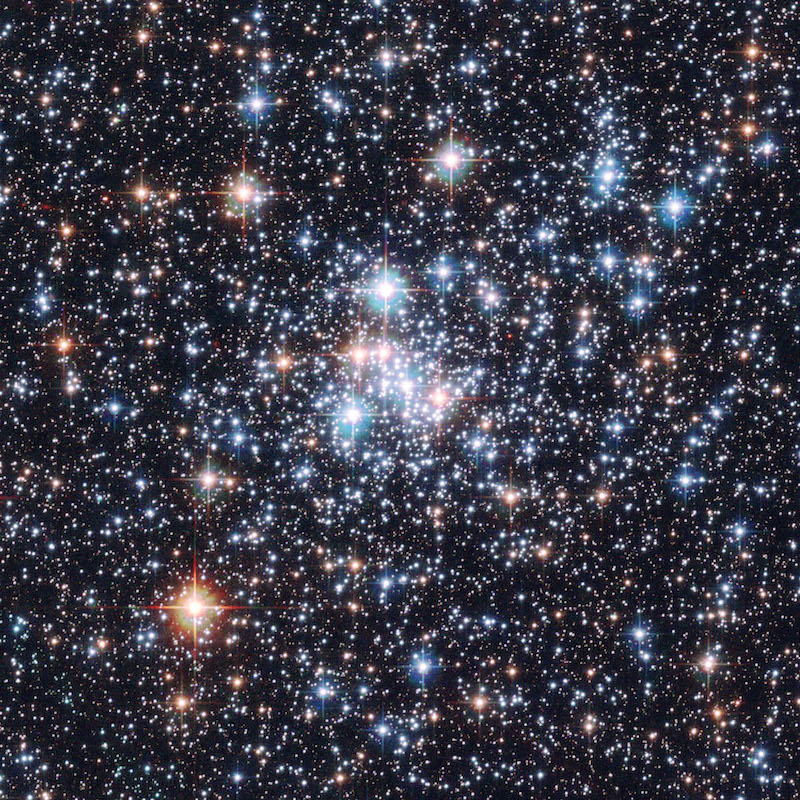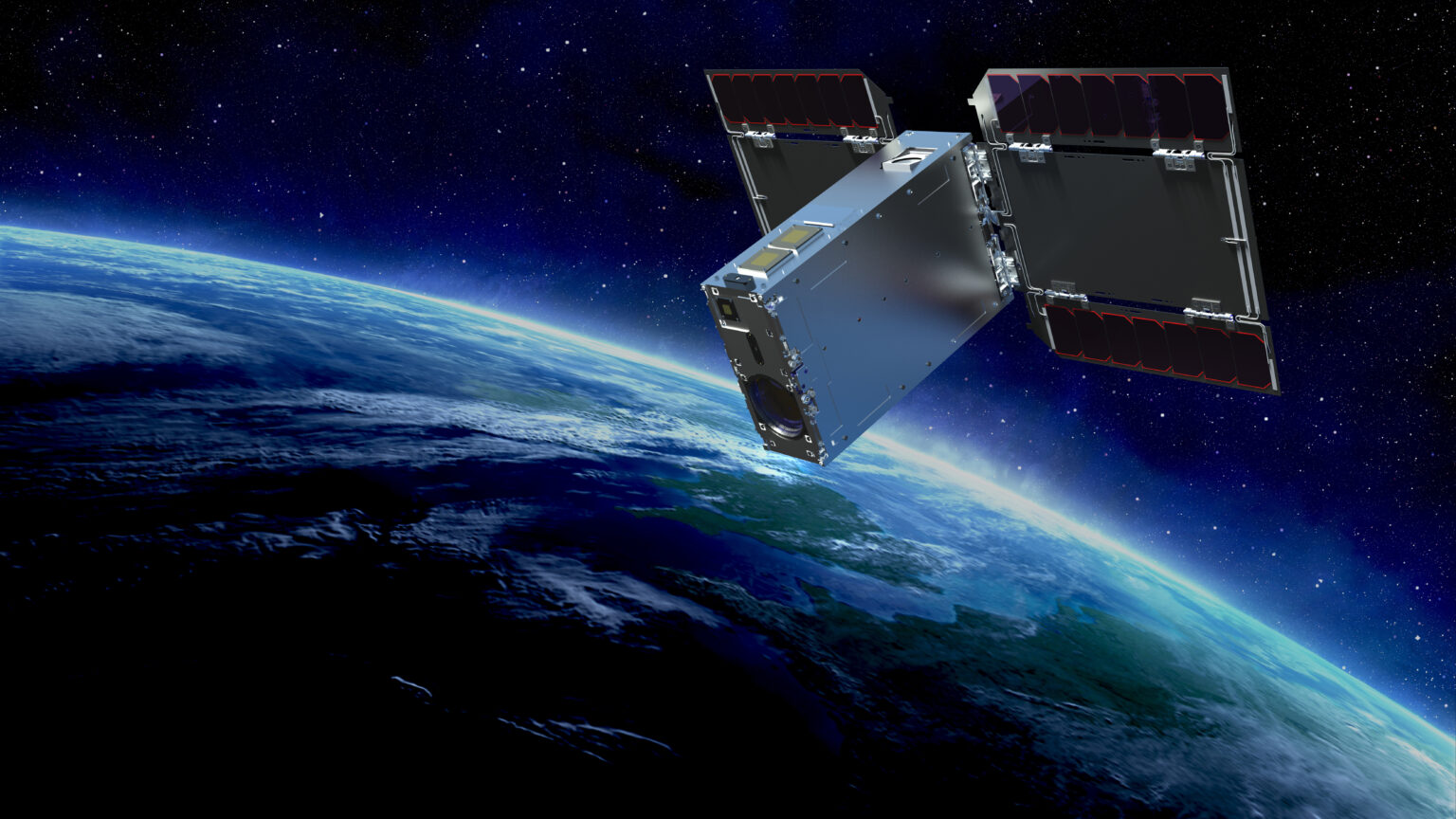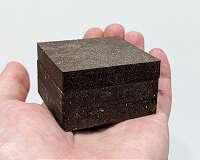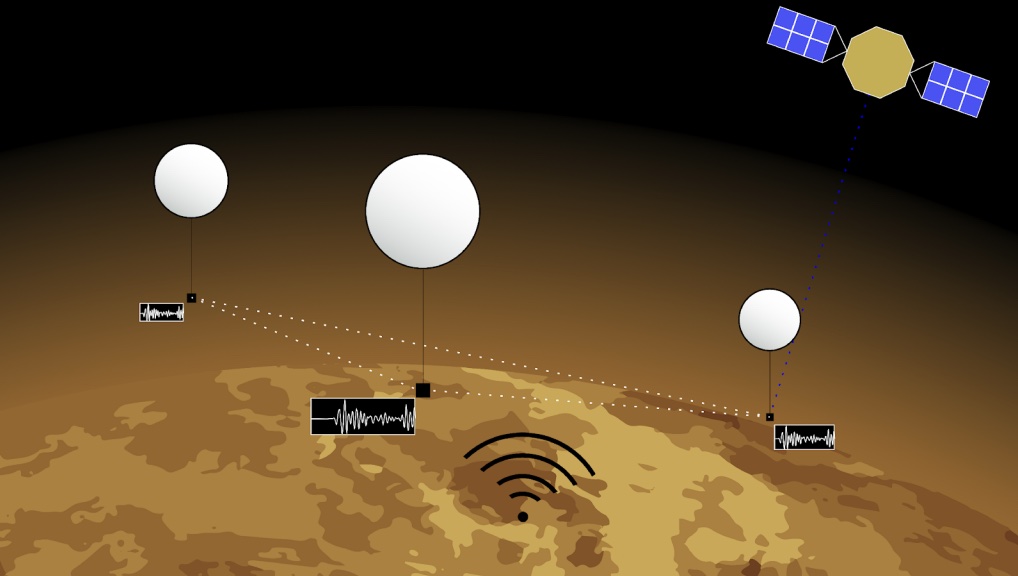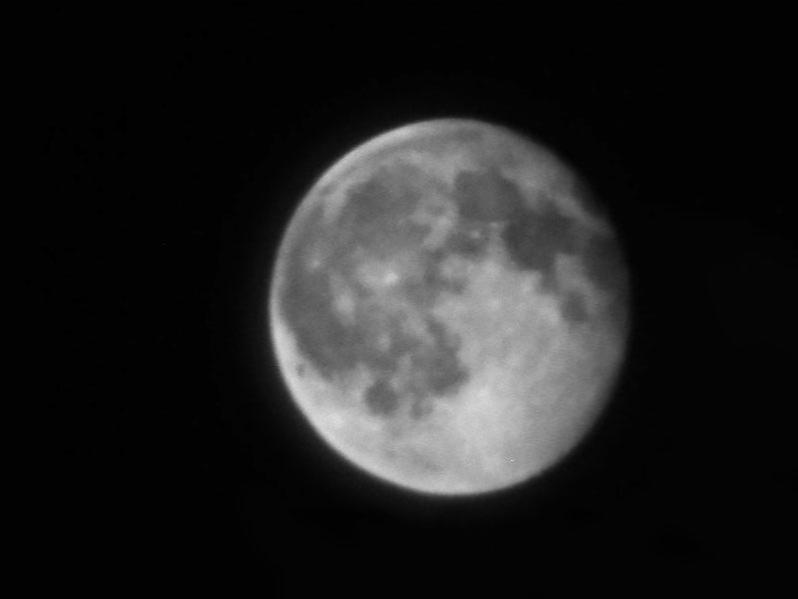Some parts of the solar system are exceptionally hard to reach. Despite the interesting scientific data we could collect from that location, we’ve never managed to send a probe to one of the poles of the Sun. Nor have we been able to send many spacecraft to exciting places in the Oort cloud of other parts of the outer solar system. Voyager 1, which currently holds the record for being the farthest craft away from Earth, took over 40 years to reach the point where it is now. Even if it did pass by something interesting on its way, its antiquated scientific equipment would be less useful than more modern technology.
Continue reading “Tiny Spacecraft Using Solar Sails Open Up a Solar System of Opportunity”Astronomers Find 1,179 Previously Unknown Star Clusters in Our Corner of the Milky Way
Some of the most exciting things that happen in a telescope’s lifetime are its data releases. Gaia, which has been operating since 2013, recently released its third major dataset, and astronomers that weren’t intimately involved in the operation and planning for the project have had some time to pull over. Their studies are starting to pop up in journals everywhere. For example, a new one from a research team, mainly from Guangzhou University, catalogs over 1100 new star clusters, significantly increasing the overall total of these critical components in the structure of the Milky Way.
Continue reading “Astronomers Find 1,179 Previously Unknown Star Clusters in Our Corner of the Milky Way”Pale Blue Successfully Operates its Water-Based Propulsion System in Orbit
New in-space propulsion techniques seem to be popping out of the woodwork. The level of innovation behind moving things around in space is astounding, and now a company from Japan has just hit a significant milestone. Pale Blue, which I assumed was named as a nod to a beloved Carl Sagan book, recently successfully tested their in-orbit water-based propulsion system, adding yet another safe, affordable propulsion system to satellite designers’ repertoires.
Continue reading “Pale Blue Successfully Operates its Water-Based Propulsion System in Orbit”Don’t Just Grow Potatoes on Mars, Use them for Concrete
A while back, we reported on a research group that was using an interesting mix of materials to create concrete on Mars. The University of Manchester researchers used blood and urine to create concrete bricks using Martian regolith stronger than concrete used on Earth. However, there was an obvious downside of literally requiring blood to make them, let alone the side effects of having astronauts potentially live in a building built partially out of their own bodily fluids. So the researchers thought up a different material whose usefulness in space will be familiar to anyone who has read Andy Weir’s most famous novel – potatoes.
Continue reading “Don’t Just Grow Potatoes on Mars, Use them for Concrete”Astronauts Could Mix and Match Parts to Make the Perfect Robot for Any Job
Building with Legos is a favored pastime for many small children and adults. We’ve even covered some more space-oriented Lego sets here at UT. But, as the Lego movie points out, they constitute “a highly sophisticated interlocking brick system.” So why not take the idea underpinning Legos – that you can make anything you want out of a set of generic pieces and apply it to a much more serious scientific topic…like robots.
Continue reading “Astronauts Could Mix and Match Parts to Make the Perfect Robot for Any Job”Machine Learning Finds 140,000 Future Star Forming Regions in the Milky Way
Our galaxy is still actively making stars. We’ve known that for a while, but sometimes it’s hard to understand the true scale in astronomical terms. A team from Japan is trying to help with that by using a novel machine-learning technique to identify soon-to-be star-forming regions spread throughout the Milky Way. They found 140,000 of them.
Continue reading “Machine Learning Finds 140,000 Future Star Forming Regions in the Milky Way”NASA’s Ingenuity Helicopter Sees A Beautiful Sunset on Mars
Sunsets provide some of the most beautiful natural imagery anywhere on Earth. People flock from all over to see sunsets at specific places at specific times, such as when they perfectly align down a street in Manhattan. But sunsets on other planets wouldn’t be nearly as spectacular.
Continue reading “NASA’s Ingenuity Helicopter Sees A Beautiful Sunset on Mars”The Best Way to Learn About Venus Could Be With a Fleet of Balloons
Interest in the exploration of Venus has kicked up a notch lately, especially after a contested recent discovery of phosphine, a potential biosignature, in the planet’s atmosphere. Plenty of missions to Venus have been proposed, and NASA and ESA have recently funded several. However, they are mainly orbiters, trying to peer into the planet’s interior from above. But they are challenged by having to see through dozens of kilometers of an atmosphere made up of sulfuric acid.
That same atmosphere is challenging for ground missions. While some of the recently funded missions include a component on the ground, they are missing an opportunity that isn’t afforded on many other planets in the solar system – riding along in the atmosphere. Technologists have proposed everything from simple balloons to entire floating cities – we even heard of a plan to enclose the entirety of Venus in a shell and live on the surface of that shell. But for now, balloons seem to be a more straightforward answer. That is the mission modality proposed by a team of researchers at NASA’s Jet Propulsion Laboratory to discover more about something that was only confirmed to exist on Venus in the last week – volcanism.
Continue reading “The Best Way to Learn About Venus Could Be With a Fleet of Balloons”Finding Life in the Solar System Means Crunching a Lot of Data. The Perfect Job for Machine Learning
There are plenty of places for life to hide. Even on our blue planet, where we know there is abundant life, it is sometimes difficult to predict all the different environments it might crop up in. Exploring worlds other than our own for life would make it exponentially more difficult to detect it because, realistically, we don’t really know what we’re looking for. But life will probably present itself with some sort of pattern. And there is one new technology that is exceptional at detecting patterns: machine learning. Researchers at the SETI Institute have started working on a machine-learning-based AI system that will do just that.
Continue reading “Finding Life in the Solar System Means Crunching a Lot of Data. The Perfect Job for Machine Learning”Researchers Build a Telescope with a Flat Lens
The picture of the Moon in the banner might not look all that spectacular, but it is absolutely astounding from a technical perspective. What makes it so unique is that it was taken via a telescope using a completely flat lens. This type of lens, called a metalens, has been around for a while, but a team of researchers from Pennsylvania State University (PSU) recently made the largest one ever. At eight cm in diameter, it was large enough to use in an actual telescope – and produce the above picture of the Moon, however, blurred it might be.
Continue reading “Researchers Build a Telescope with a Flat Lens”
